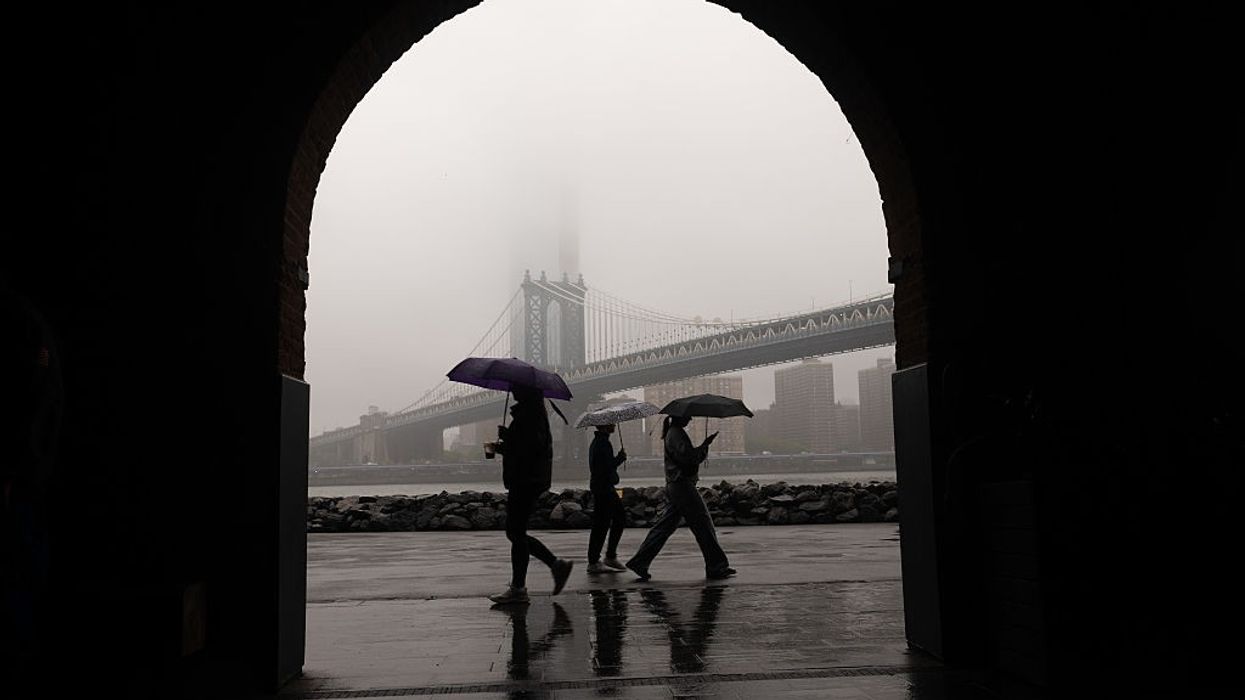Heavy rain swept across large portions of the US Northeast on Monday, unleashing widespread flash flooding and serious disruptions to daily life. New York City and New Jersey faced the brunt of the storm, prompting urgent warnings, evacuations, and a state of emergency declaration in New Jersey as authorities raced to respond to rapidly rising water levels and deteriorating conditions.
Flash Flood Warnings Across New York City
The National Weather Service (NWS) placed all five boroughs of New York City under a flash flood warning. With the potential for dangerous overnight flooding, city officials issued repeated alerts urging residents—especially those living in basement apartments—to stay vigilant, keep evacuation supplies ready, and be prepared to move to higher ground at short notice.
Basement apartment alert: Residents advised to stay ready to evacuate.
Emergency supplies: Recommendations included having a phone, flashlight, and “Go Bag” on hand.
Roads, Airports, and Transit Disrupted
As rainfall totals quickly climbed, infrastructure across the region struggled to cope:
Rainfall Totals: Staten Island saw nearly 1.7 inches and Manhattan’s Chelsea 1.5 inches by early evening, with heavier rain forecast overnight.
Hourly Rain Rates: The NWS warned that rain could fall at rates of 2–3 inches per hour, potentially dumping up to 6 inches in localized areas.
These deluges caused cascading problems:
- Airports: LaGuardia and Newark Liberty airports reported delays and disruptions; John F. Kennedy Airport issued warnings of potential further impacts.
- Major Roads: Several main thoroughfares were forced to close due to flooding.
- Rail and Subway: Severe flooding affected subway stations in Queens, while the Staten Island Railway suspended operations in both directions in the southern part of the borough.
The impact was especially severe in New Jersey, where Governor Phil Murphy declared a state of emergency in response to “flash flooding and high levels of rainfall.” Residents in numerous localities found themselves wading through knee-deep floodwaters, with videos circulating online showing communities struggling to navigate submerged streets. County officials activated water rescue teams, and in towns like Metuchen, police helped stranded drivers and managed road closures caused by widespread flooding.
Meteorological Factors: Why the Rains Were So Severe
The driving force behind Monday’s (14) extreme weather was a slow-moving storm system, amplified by unusually hot and humid air. This potent combination set the stage for intense, repeated downpours over the same areas, straining local drainage systems and increasing the risk of flash floods.
“One storm after another:” Joseph Wegman of the National Weather Prediction Center explained the danger posed by a pattern of consecutive storms, which left little time for water to drain away, worsening flood conditions.Broader Regional Impact and Ongoing Risk
By Monday night (14), flash flood watches stretched from North Carolina to New York, with the NWS giving the I-95 corridor—from Washington, DC to northern New Jersey—a Level 3 out of 4 risk rating for flash flooding through Tuesday (15) morning.
The storm system was expected to move south on Tuesday (15), intensifying flood risks for areas from northwestern North Carolina to southern New Jersey, as well as major cities including Washington, Baltimore, and Philadelphia.
Meteorologists warned that some communities could experience “a worse day on Tuesday than Monday,” emphasizing the need for ongoing vigilance as the threat persisted. Residents throughout the region were urged to avoid unnecessary travel, closely monitor official warnings, and prioritize safety as the potential for further flooding remained high.















